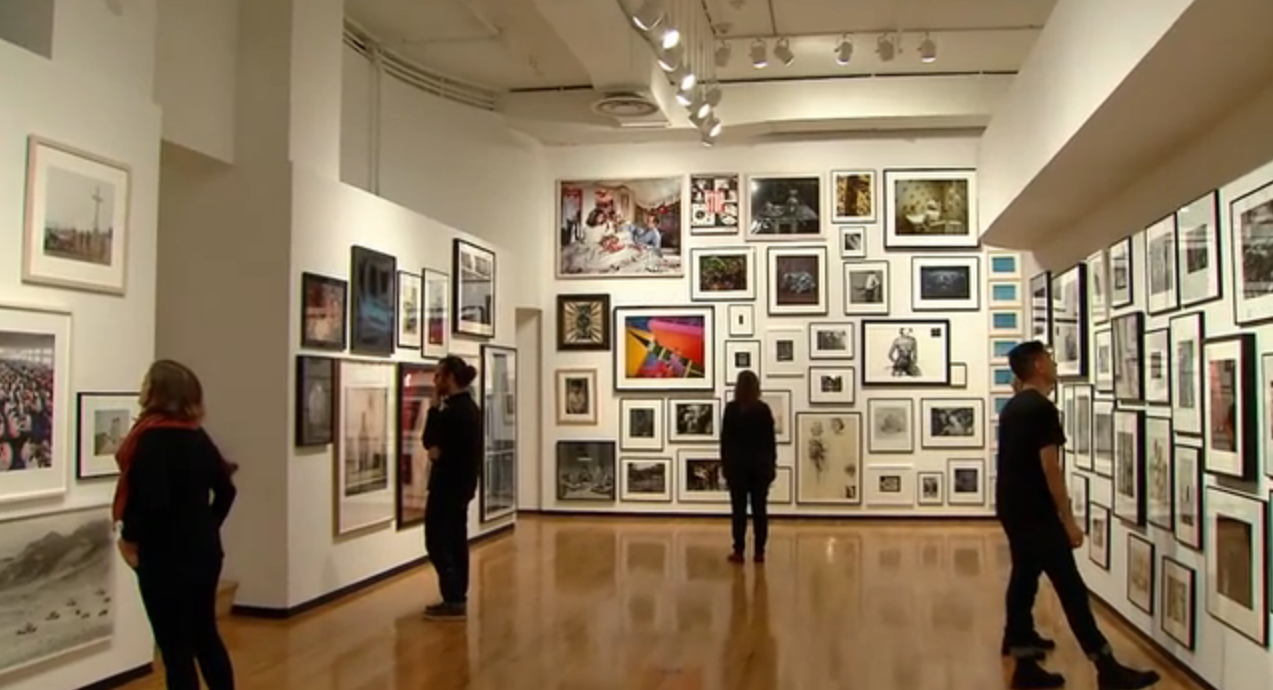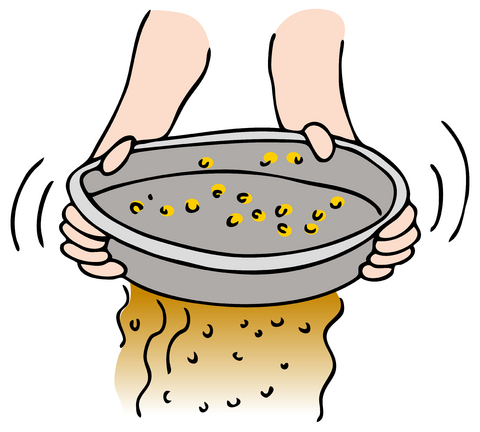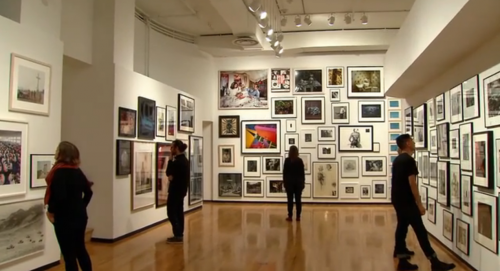
Curation Conundrum

How do we sift through the many definitions of curation? Courtesy of Michiel Gaasterland
This semester marks the first time I’ve enrolled in a practicum course through the Business & Entrepreneurship department. As the speakers director for TEDxColumbiaCollegeChicago (more on that in a future post!), it made sense to take the Curatorial Practicum offered by the B&E department.
You’re probably wondering though, What does curatorial even mean? What defines curation, a curator, or the practice of curating? These questions and more are what I asked (and still ask) myself, so it’s my intention to dissect, clarify and demystify the conundrum behind the term.
Merriam-Webster states that the word “curate” derives from the Medieval Latin words “curatus” and “cura,” which mean to “cure of souls.” This stems from the word’s original use in the 14th century, defined as “a man of the clergy in certain churches who assists the priest in charge of a church or group of churches.”
Fast-forward to the 20th century, and the term “curator” became associated with exhibition makers, primarily those in museums. They were identified as proficient and scholarly in their work, with a level of knowledge and artistic sense related to the material being curated.

The latest exhibition at Columbia’s Museum of Contemporary Photography, celebrating its 40th anniversary.
So, what turn has the word “curate” taken next? Does curation today reflect the same meaning it did in the 20th or even 14th century? Has the term become too universal compared to its Latin origins? These questions and more are what my practicum colleagues and I have been discussing since Week 1.
We began our time together by having a conversation about what we believe the term to be based on prior knowledge and experience, and then identified which characteristics are typically associated with the terms curate, curation and curatorial. Ultimately, we came up with the following list:
- Interaction and relationship between the audience and the ideas being curated
- Having an artistic sense
- Delivering a message
- Connection to the audience
- Determining good from bad
- Properly utilizing the atmosphere and “space”
- Research and knowledge of the content, including scholarship and expertise
- Influential
- Inclusive vs. Exclusive
- Context
- Prestige
- Intent
- Importance
- Style, intuition and taste
- Choice and decision-making
- Critical perspective
Some of these are specific, ambiguous, obvious and obscure. Yet they allowed us to realize one of many critical elements: There is a relationship between the curator, the artist and the audience. The questions then become: What does that relationship look like? Based on the scope of that relationship, what is the end-result? In order to reach the desired end-result, what is the role of the curator?
These latter questions are ones I’ve been consistently asking myself as I begin the process of curating the speakers, performers and recorded talks for the TEDx Live Event. However my assistants and I decide to curate these elements will determine the pace, flow, energy and conversation throughout the entirety of the event. It creates a story that we aspire to tell our attendees, one which connects with our event theme of Ctrl + Alt + Del.
Yet if we’re not careful and critical in this process, the story can become blurry and questionable, unrelatable and uninspiring. As TEDx talks are organized independently of TED, it’s my responsibility to ensure we meet the criteria and mission set by this organization.
So, how do I achieve that successfully? Despite certain overwhelming aspects, my first attempt at being a curator offers an exciting challenge and opportunity. While I can’t share the details of the secured speakers and performers with you just yet, I can assure you that the diversity of content and talent we’ve secured is beyond my original expectations.
The conversations I’ve had with the speakers and performers has me rejuvenated and fired up to tackle this curation process and, ultimately, deliver an incredible event filled with new and alternative ideas that stimulate the minds of our intellectual community.

Open new tabs, move old files to the trash, and do not let your screen freeze. Ctrl + Alt + Del and reset your thinking.
